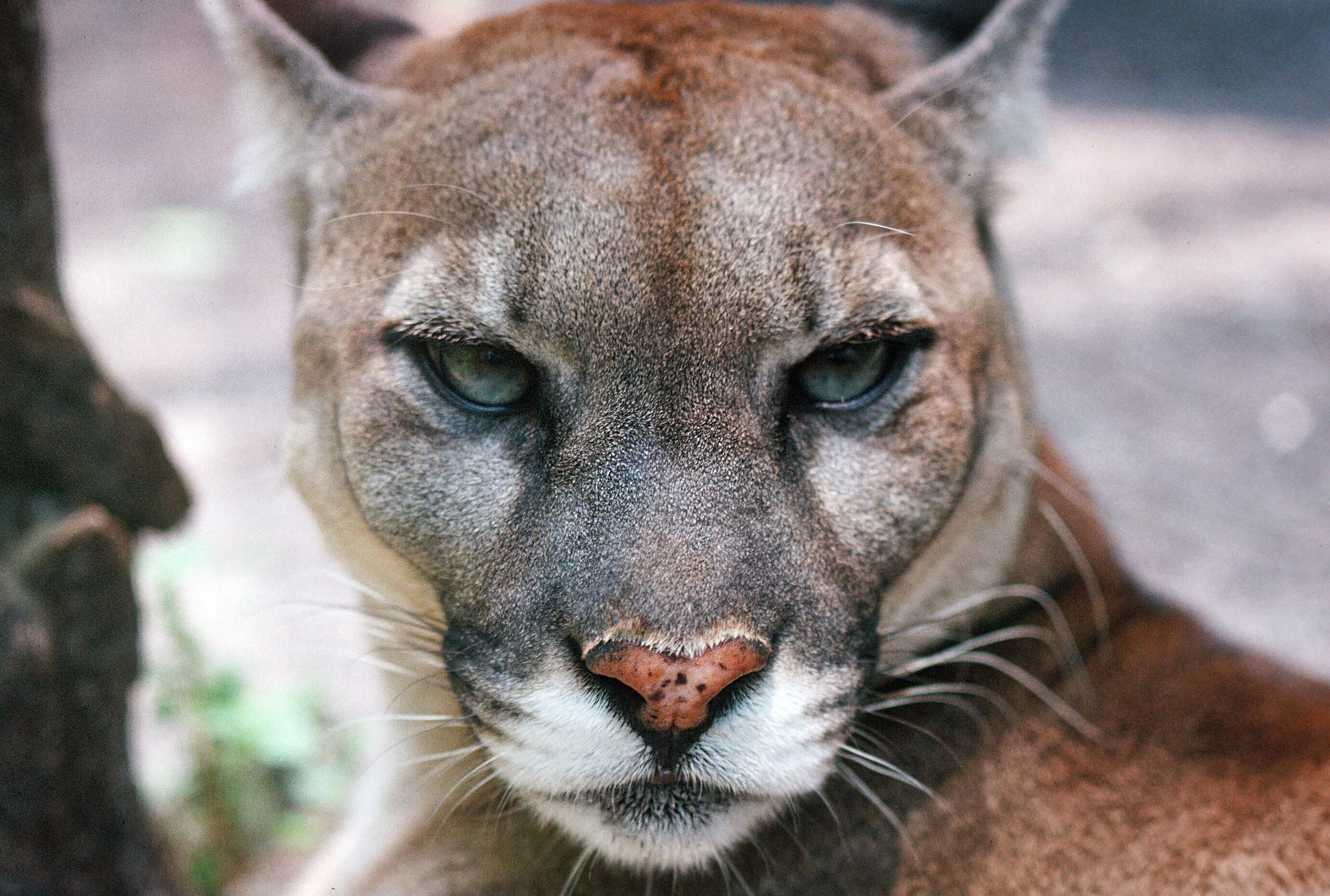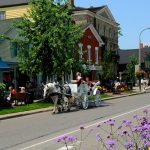Wild animals are hitting the town. In recent weeks, social media has buzzed with sightings of wildlife venturing into developed areas left vacant by humans who are sheltering in place. From coyotes running around Los Angeles to bears in North Carolina, animals that usually shy away from humans have been cruising once-bustling streets. As spring gets into full gear, campers facing travel restrictions can use the sightings as inspiration for future wildlife-watching trips.
City Critters
Foraging raccoons and prowling foxes are among the most common critters sighted by home-bound residents. According to wildlife officials, the quarantine coincides with the emergence of many species from hibernation. “Fox are learning to hunt right now and raccoons are learning to forage,” said Paul Peditto, an official with the Maryland Department of Natural Resources, in an interview with Fox 45 News. “Our black bears are also emerging from hibernation right now in western Maryland.”
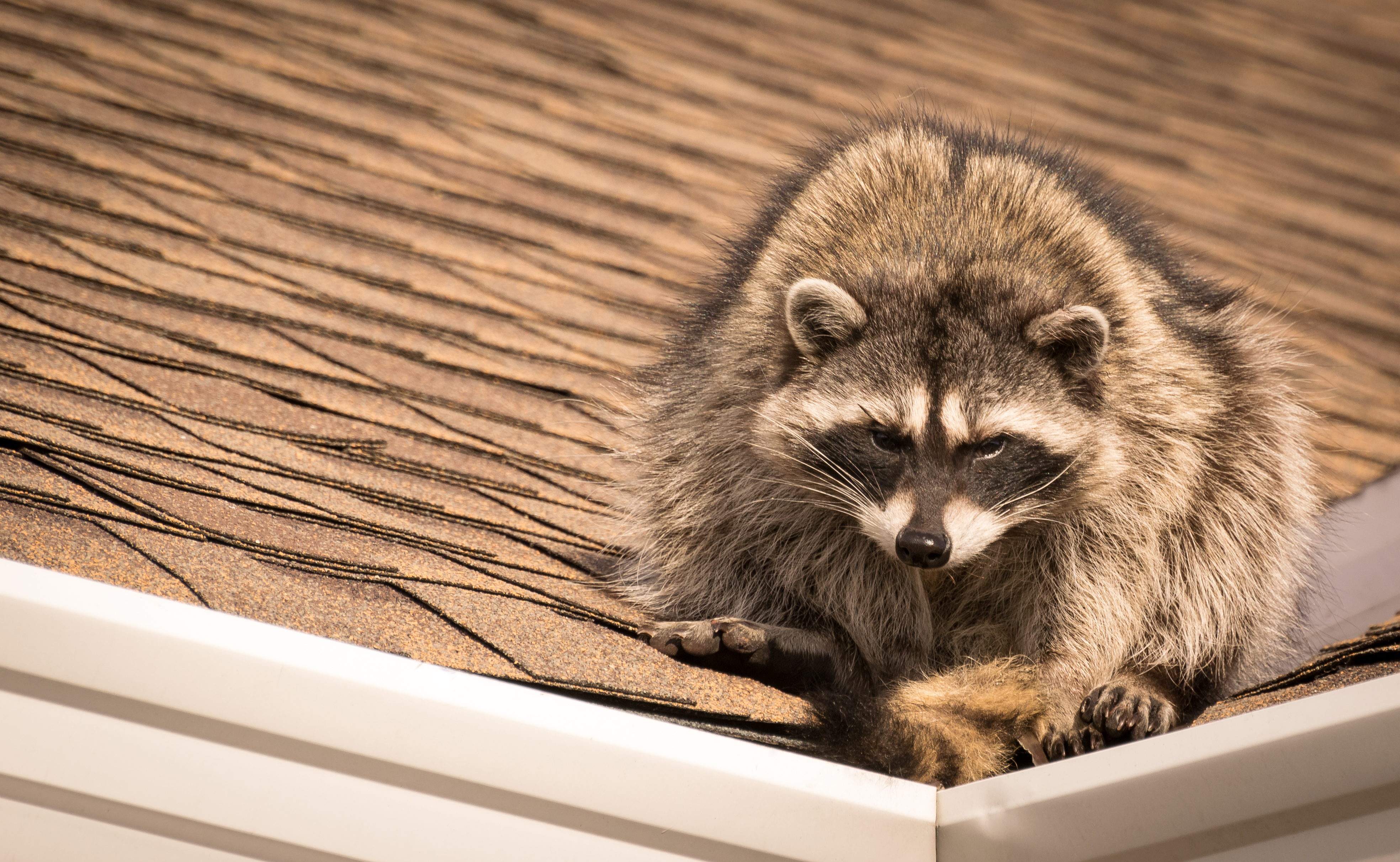
Raccoon in a residential neighborhood. Photo: Pixabay.
In California, a state that prides itself on “flattening the curve,” bears and coyotes have been seen on streets and sidewalks built for humans. San Francisco has seen a space of coyote sightings, as packs of the mammals stalk sheltered neighborhoods. In the Los Angeles suburbs of Arcadia and Monrovia, bears have been spotted ambling out of the mountains and rummaging through trash on suburban homes. In Boulder, Colorado, mountain lions have expanded their hunting grounds to include city streets.
Animals Adapting
According to wildlife experts quoted in a recent Popular Science article, the bold behavior of city-adjacent mammals is characteristic of the adaptive behavior of keenly observant predators.
“Medium-size predators are opportunistic by nature,” said Fraser Shilling, co-director of the Road Ecology Center at the University of California, Davis, in the article. “They are responding in real-time to the disturbance. They have territories and the edges are flexible based on what’s making them go away.”
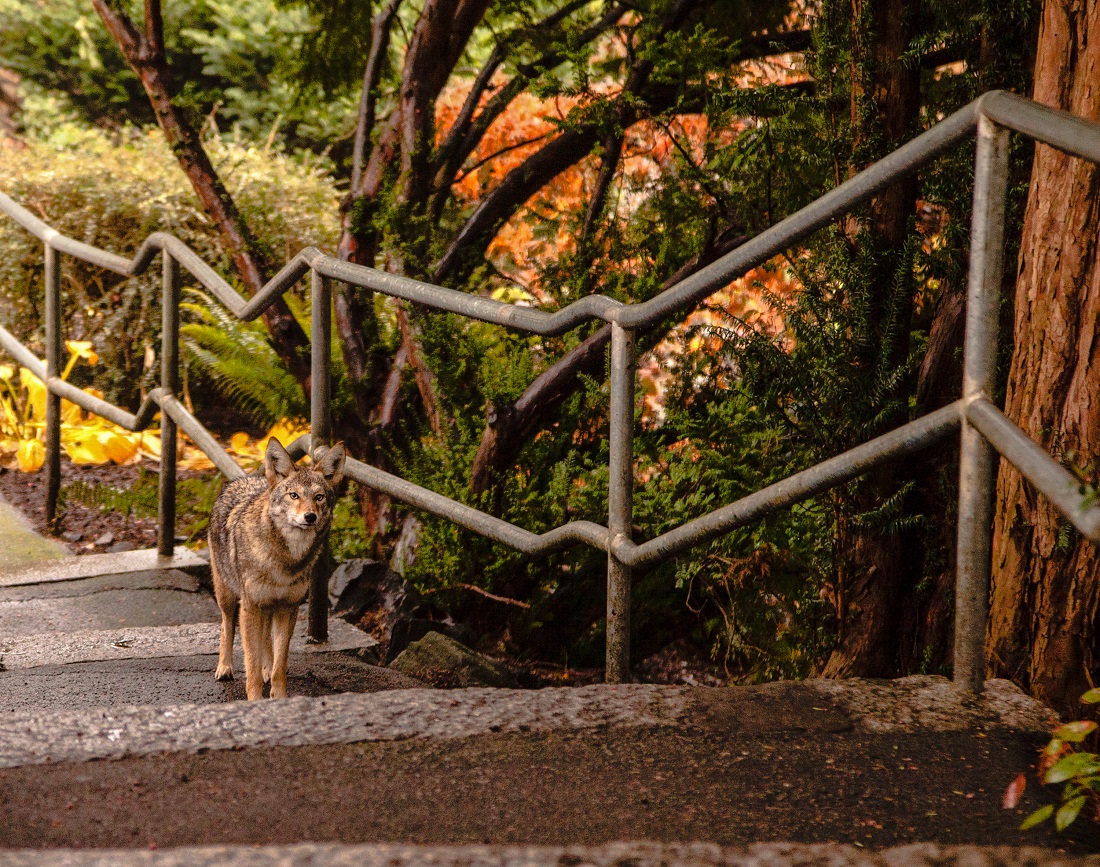
Coyote walking in an urban park. Photo: Getty Images
But not all sightings are COVID-related. According to a press release by the Colorado Parks and Wildlife Department, the increase in sightings is attributable to the fact that more people are staying home, looking out their windows. “This won’t be a new phenomenon,” reads the statements. “The animals have always been there, but they may have previously gone undetected.”
While Away the Time With Wildlife
Whether you’re an armchair wildlife watcher sheltering at home or a camper observing from the window of your RV, you can occupy the hours of quarantine restrictions by observing the wild things in the surrounding world. With a pair of binoculars and a decent camera, you can spot and capture some of the most compelling creatures in the world.
If you see a wild animal in your campsite or yard, keep your distance. According to Responsible Travel, keeping an adequate distance (sound familiar?) is key to safety. Don’t try to interact with animals, and avoid any situation where an animal might feel backed into a corner or surrounded. If you stumble across baby animals, be aware that parents may be nearby, and you should avoid possible confrontation. If you see an injured animal, contact your local wildlife authority (find contacts for state and provincial authorities in the 2020 Good Sam Guide Series).
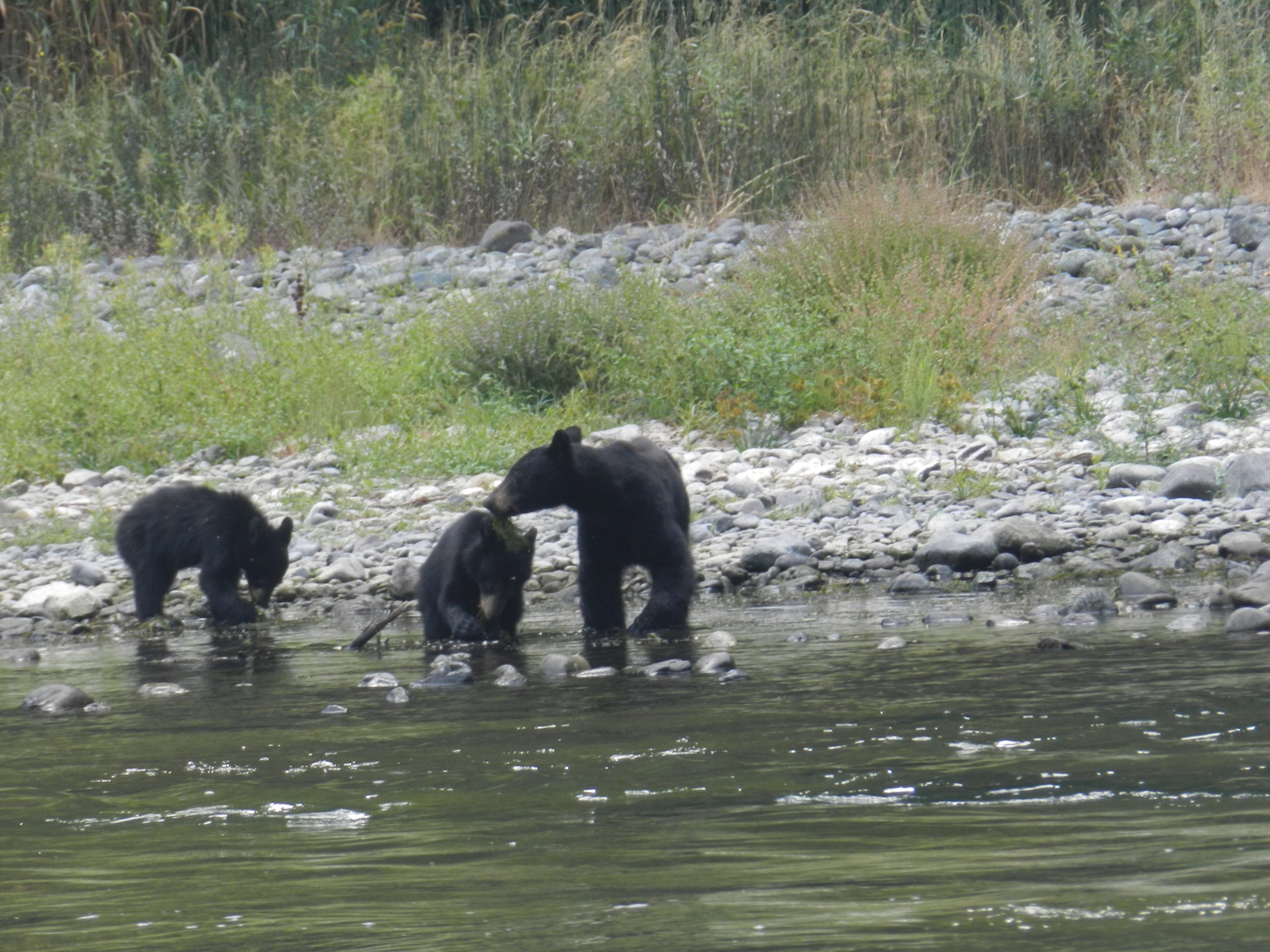
Photo Courtesy: Turtle Rock RV Resort
Where (and when) the Wild Things Are
Regardless of your location, there are a few wildlife-watching fundamentals that you should follow. Keep these fundamentals in mind if you embark on a trip around your home or go on a weekend jaunt outside town.
Know when animals show up. Animals tend to be more active during dawn or dusk, according to Nature Mentor. If you’re taking a day hike around your campsite or just strolling through your neighborhood, you can time it with these golden hours for animal observation.
Mind your movements. Sudden, abrupt movements will scare away wildlife. Walk slowly and quietly to catch views of fauna.
Know where the animals hang out. Animals are drawn to areas of high ecological diversity. You’ll find animals near bodies of water and in areas with a wide variety of trees and plants.
Expect seasonal sightings. Each season presents different opportunities for wildlife watching. If you’re in the south, fall is an ideal time to witness bird migrations. Elsewhere, spring is the time to see animals emerging from hibernation.
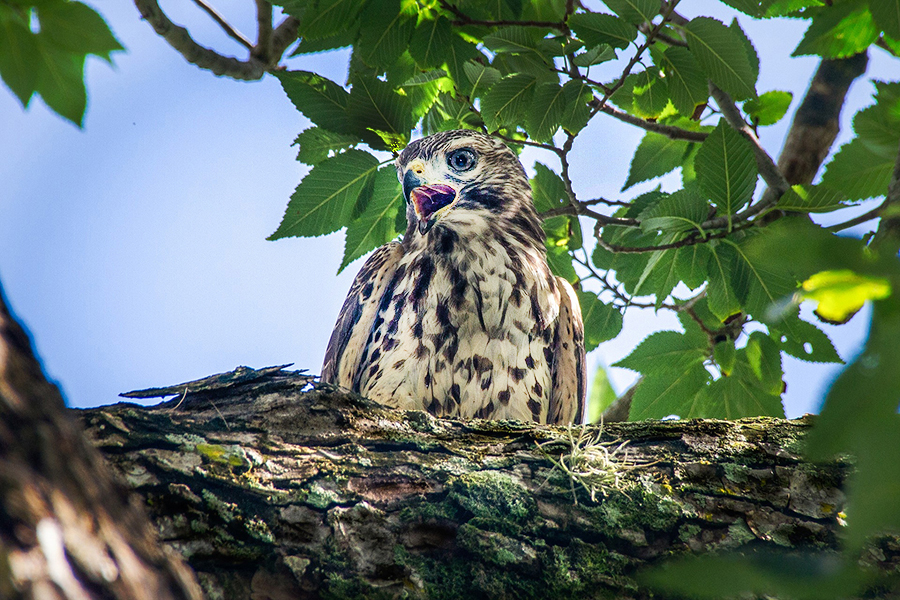
A hawk in Florida. Photo: Getty Images
Birdwatching Bonanza
Look to the skies for some of the most dynamic displays of nature around. More than 1,554 bird species thrive in the United States and Canada, giving birdwatchers ample opportunities to spot colorful flyers that you might otherwise miss. BIrdwatching won’t break the bank: A pair of binoculars and a field guide/Internet connection are all you need to research and spot the birds in your area.
According to the Audubon Society, birdwatching is an ideal pastime in the age of social distancing; you don’t need to be part of a group to venture out into your yard or nearby park and spot birds. You may even spot birds simply by looking out of the window — it doesn’t hurt to have your own birdfeeder specially made for the RV lifestyle. Chances are, wherever you live, you should be able to spot birds that will dazzle your eyes.
Dreaming of Better Wildlife Watching Days
If you’re not thrilled by wildlife-watching opportunities in your area, you can nonetheless plan future travels to areas that burst with some of North America’s most exciting animals. Here are a few of the top spots to visit.
Custer State Park, South Dakota. Located in the Black Hills region, this sprawling park is frequented by herds of buffalo as well as elk, antelope and bighorn sheep. Take a drive along the park’s Wildlife Loop and enjoy a visit with one of the “beggin’ burros,” who amble up to vehicles begging for food.
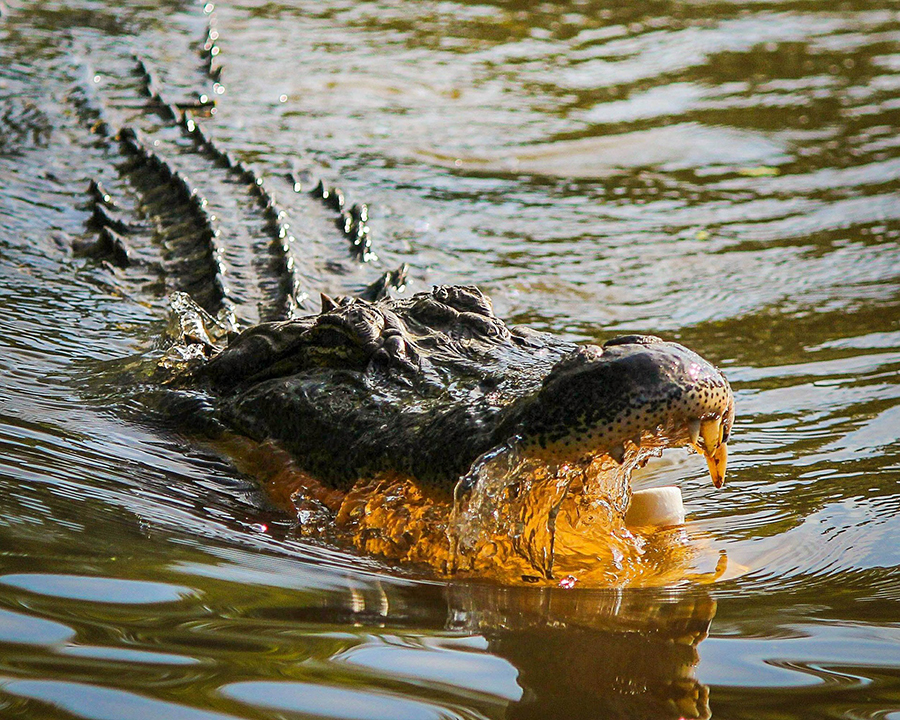
Photo: Pixabay
Everglades National Park, Florida. Occupying much of Florida’s southern tip, the third-largest national park in the Lower 48 states is home to hefty alligators, some stretching as long as 15 feet. Get glimpses of the behemoths from the safety of an airboat skimming across the water.
Point Reyes National Seashore, California. This Northern California coast is the mating ground of enormous elephant seals, some of whom weigh over 5,500 pounds. As much as 2,500 of the mammals can be spotted on the beach, bellowing and fighting for partners in their version of Tinder.
Yellowstone National Park, Wyoming. With the introduction of wolves a few years ago, America’s first National Park has cemented its place as a showcase for some of America’s most powerful mammals. See bison, bears and other majestic creatures.
Blue Ridge Parkway. America’s most scenic drive also has plenty of vantage points for wildlife. See wild turkeys, black bears and other creatures along this Appalachian corridor.

